The circus was a hugely popular form of family entertainment during the 1920s and 30s. Adults and children alike were enraptured by the thrilling acrobatics, the performing animals, the spangles of the costumes, and the antics of the clowns. Many artists of the era were inspired to record the romance of the big top on canvas or in clay as can be seen in our current Cabaret & Carnival exhibition.
Laura Knight spent much of her career painting sensitive, empathetic images of circus performers, gypsy communities and dancers. The 1928 Christmas number of the Illustrated London News featured several of her sketches of “Circus folk as an artist sees them”. Knight was made a Dame of the British Empire in 1929 and in 1936 she was the first woman to be elected to the Royal Academy in its 200 year history. Her 1936 autobiography Oil Paint and Grease Paint captures the appeal of the bohemian circus life from behind the scenes, which she experienced on tours with the Big Top. In 1934, at the height of her fame, she designed dinner ware patterns for Clarice Cliff’s Modern Art for the Table collection, featuring trapeze artists, jugglers, clowns and glamorous acrobats on rosinback horses.
Laura Knight became a friend of the famed clown Whimsical Walker and her painting of the clown was exhibited at the Royal Academy in 1928. Whimsical began performing at the age of eight and became a proficient equestrian, tumbler, ropewalker as well as clown. He gave command performances to Queen Victoria and young Princess Elizabeth was in the audience for one of his last shows in 1935. During his long clowning career, Walker worked in pantomime at Drury Lane, as a clown and movie actor in the USA, and for many years with the Bertram Mills Circus.
Between 1920 and 1967 the Bertram Mills Circus was a spectacular feature of the annual Christmas season at Olympia in London. Bertram Mills was acclaimed as the ‘King of the Modern Circus’ for his brilliant international cast of performers and spectacular equestrian acts. It was his love of horses that brought Mills into the circus business and his experience in the family coaching business and horse show circuit stood him in good stead when he began promoting his new circus in 1920. Mills was continuing a long tradition established by Philip Astley, who set up London’s first circus amphitheater for displaying horse riding tricks in 1768.
In the Bertram Mills circus audience during the 1930 Christmas season was ceramic artist Charles Vyse, his wife Nell and their young children Tony and Billy. Charles was so captivated by the spectacle that he returned many times to sketch the performers before they went into the ring. Maybe he met Laura Knight, who was painting backstage at Olympia at that time also. Vyse already had an established reputation for his street vendors, gypsies and bohemian character figures which he exhibited widely during the 1920s. His Clown was introduced in 1931 and was inspired by the Harlequinade style costume of Whimsical Walker wearing the distinctive wig, which he designed himself. Vyse followed this in 1933 with an even more ambitious equestrian tableau of the Circus with a clown and a rosinback dancer in repose.
Eighty years later, Circus Cavalcade was modeled by Michele Coxon, a celebrated children’s book illustrator and ceramic artist. In the style of her anthropomorphic art, a monkey takes on the role of rosinback rider. Performing monkeys have a long tradition in circus entertainment. One of the most famous was General Jackoo, a monkey bareback rider who was the simian star of Astley’s amphitheater for over 40 years. Michele’s theatrical sculpture revives the old Staffordshire flat-back style of mantlepiece ornaments and is also reminiscent of the circus art of Charles Vyse and Laura Knight. However, the sight of a monkey in a tutu expertly balancing a parasol on the back of a rosinback adds a humorous new dimension to circus art at WMODA!
Related pages
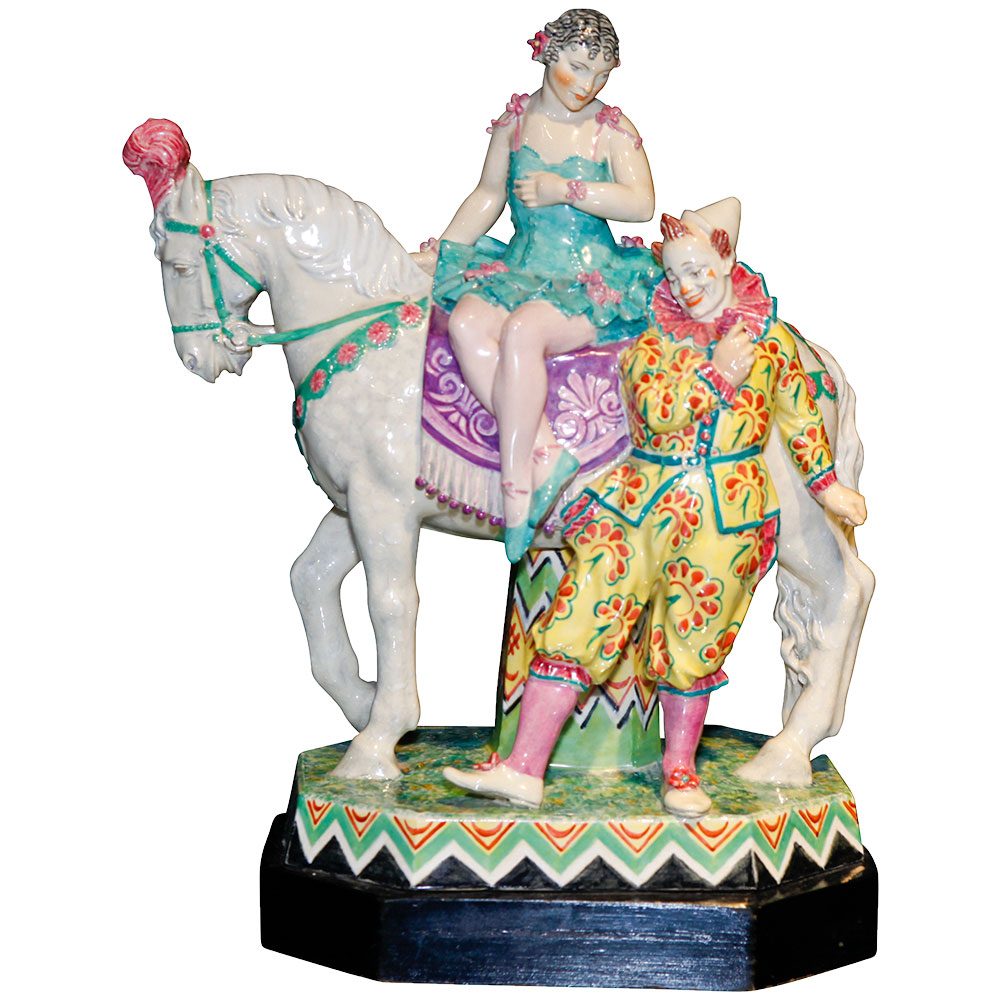
Circus by Charles Vyse 1933
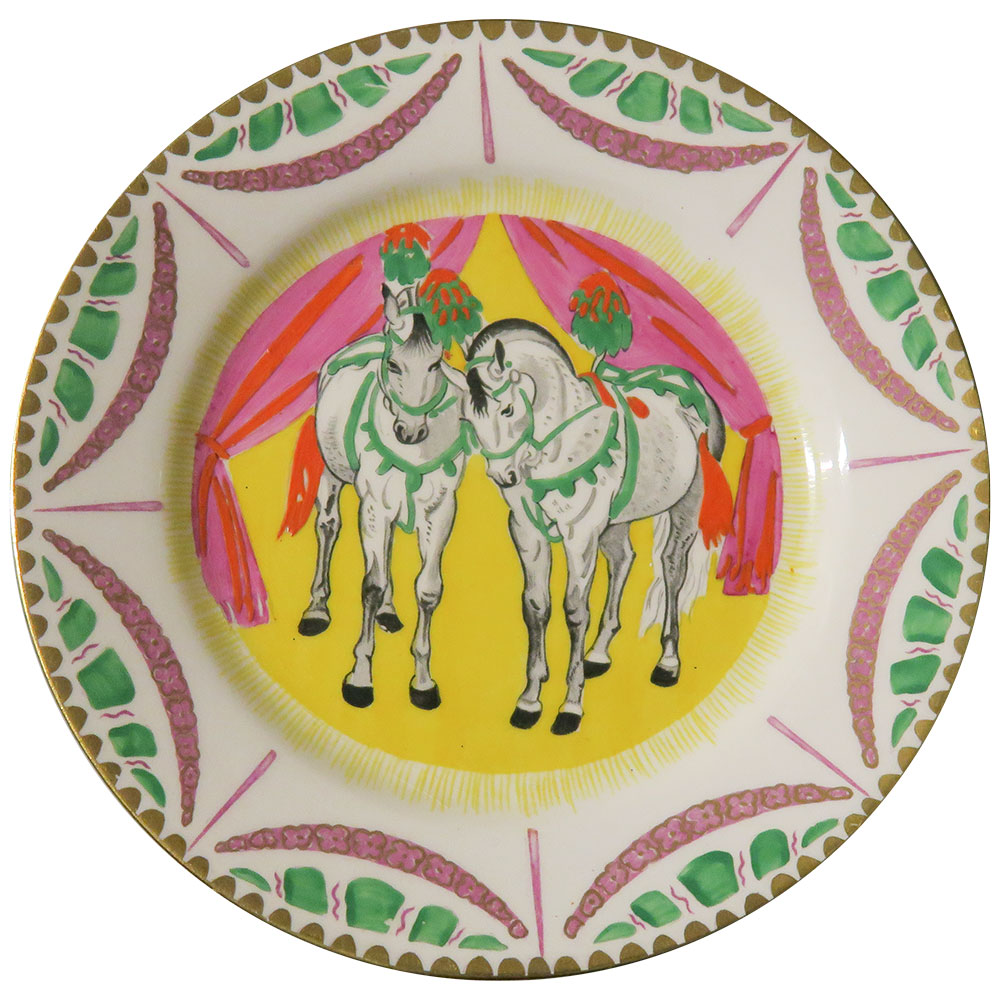
Clarice Cliff Circus Ponies
by Laura Knight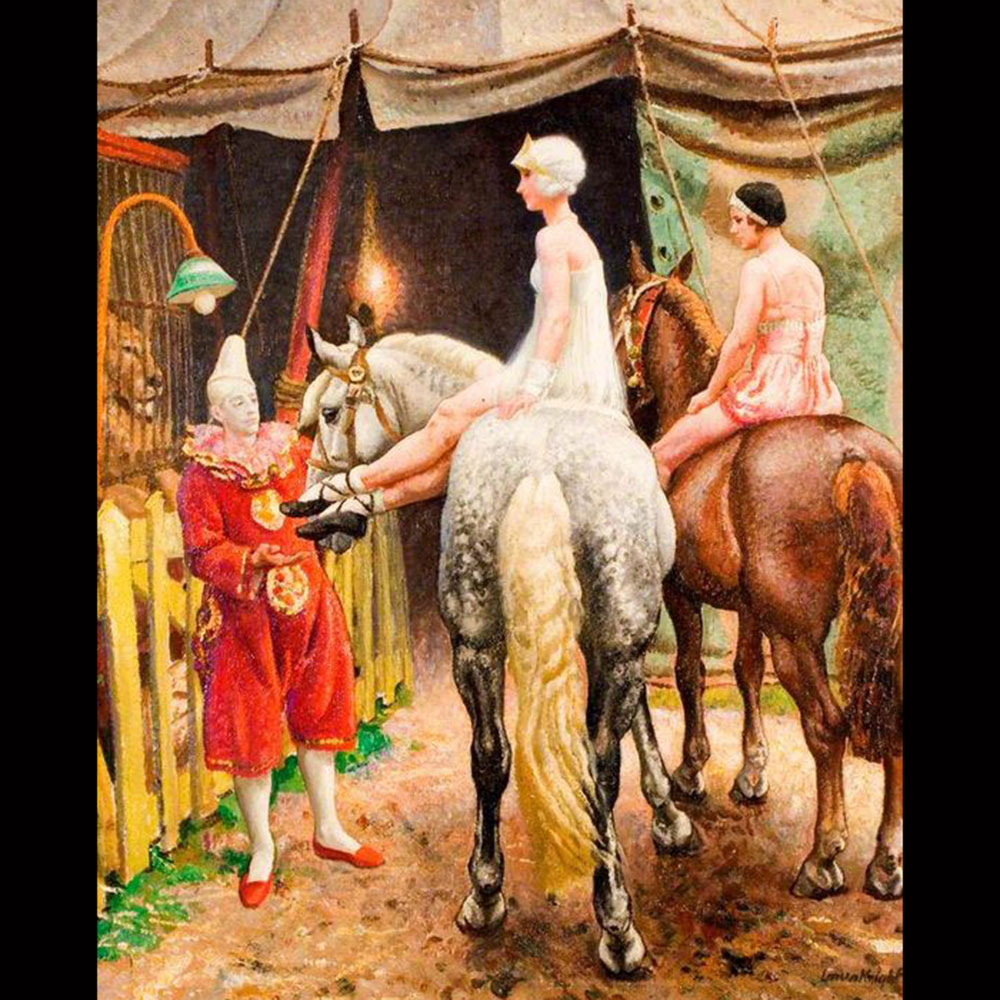
The Rosinbacks by Laura Knight
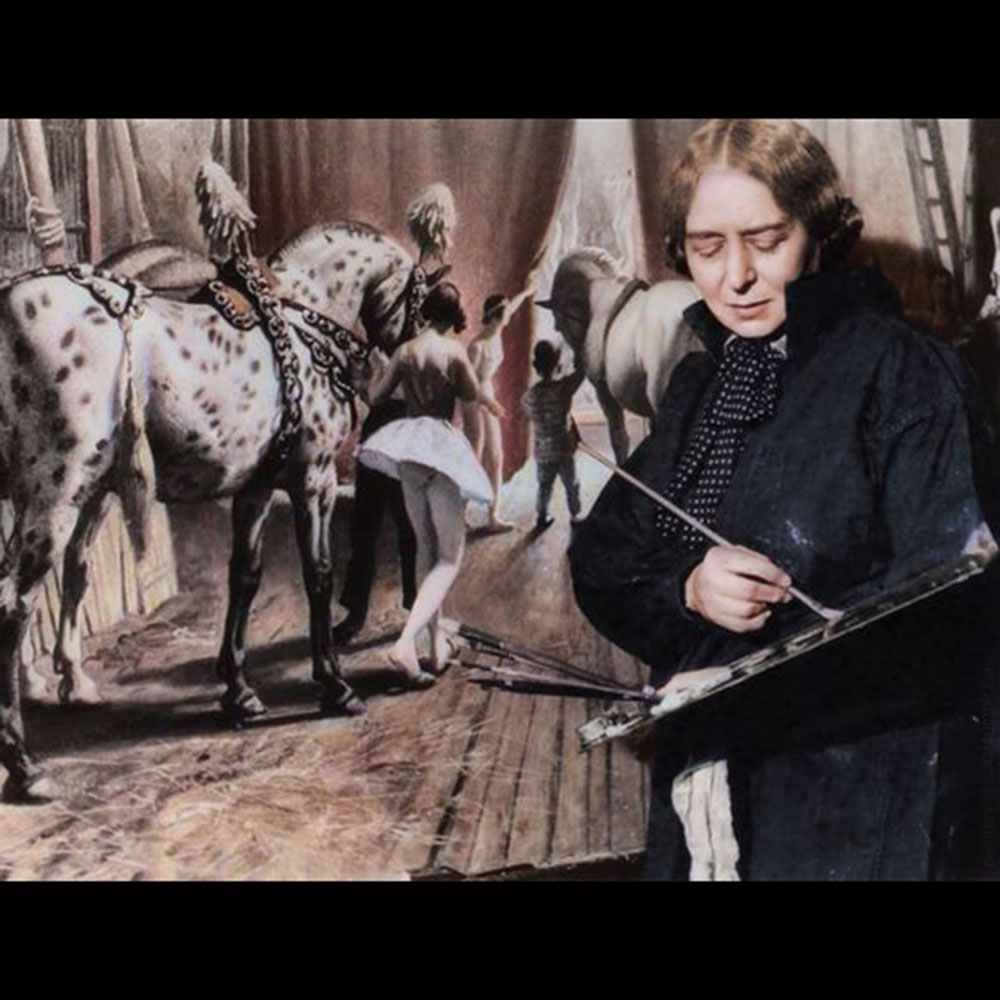
Laura Knight

Clown by Charles Vyse 1931
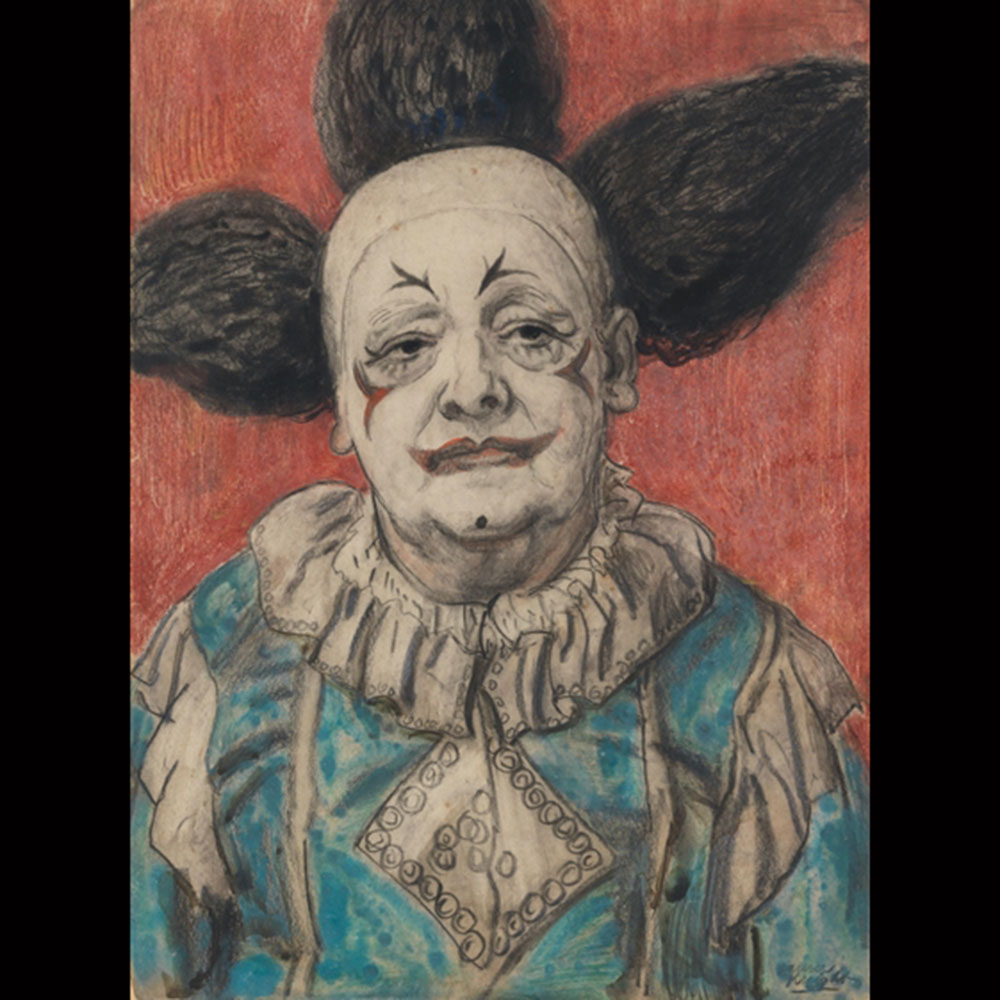
Whimsical Walker by Laura Knight
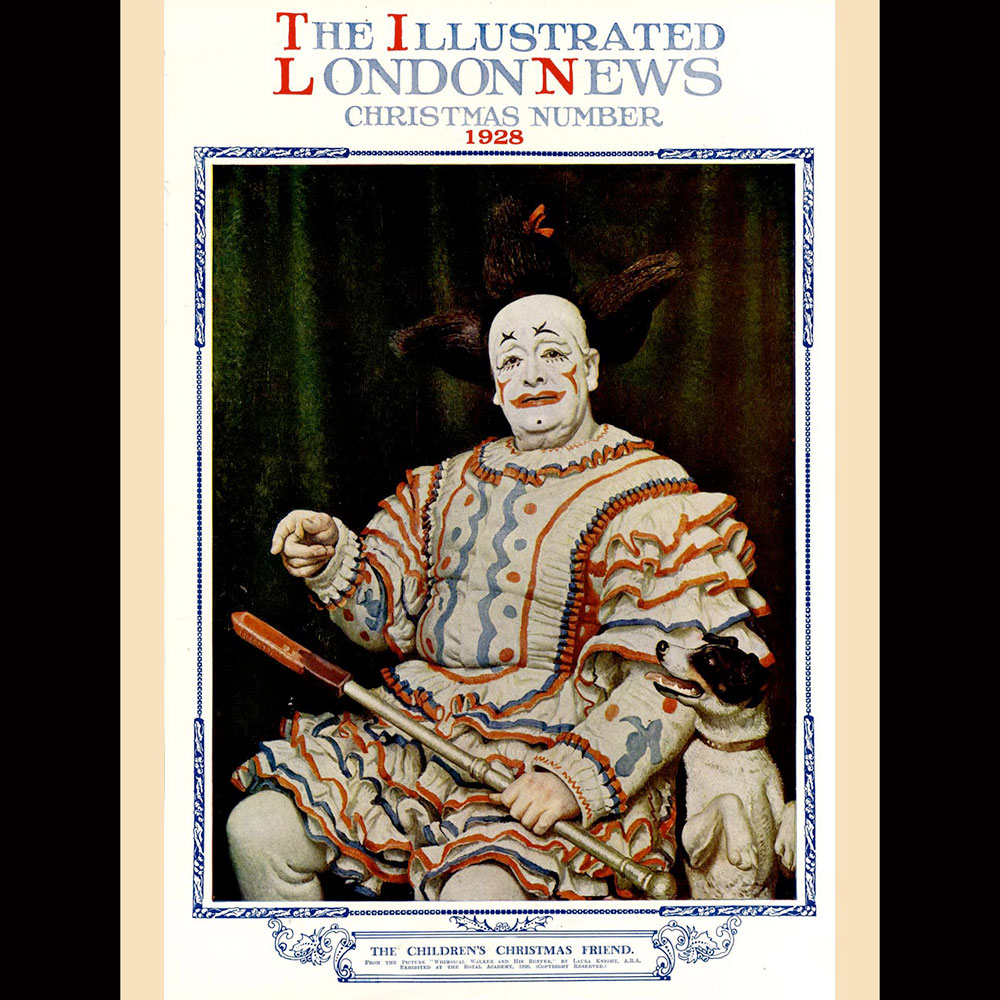
Illustrated London News featuring
Whimsical Walker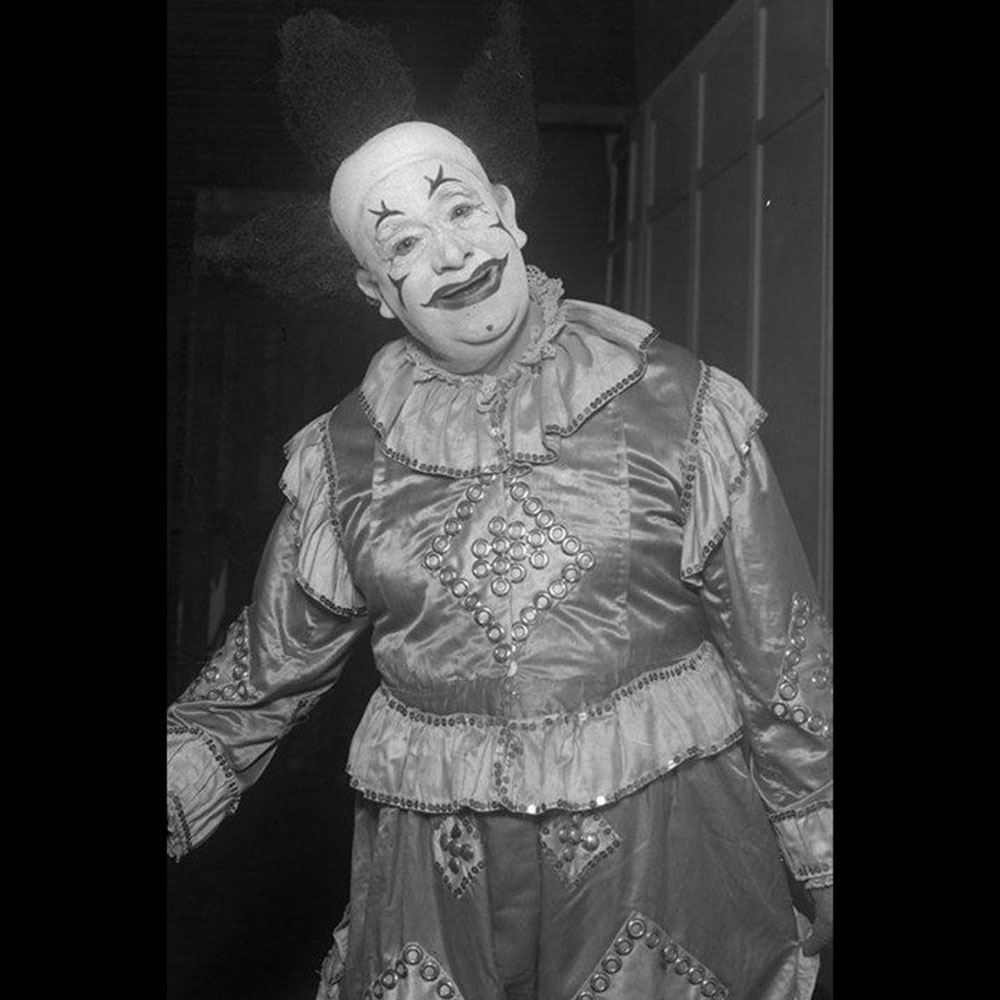
Whimsical Walker
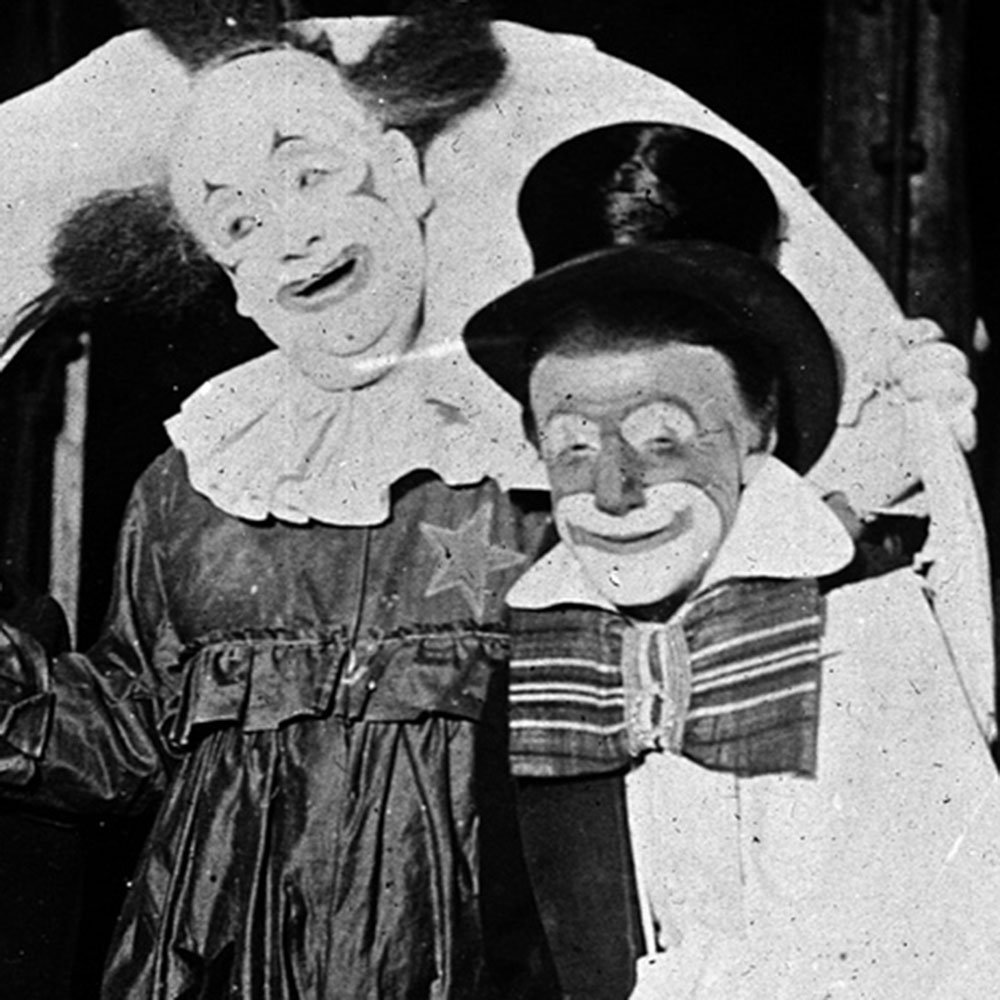
Whimsical Walker & Friend
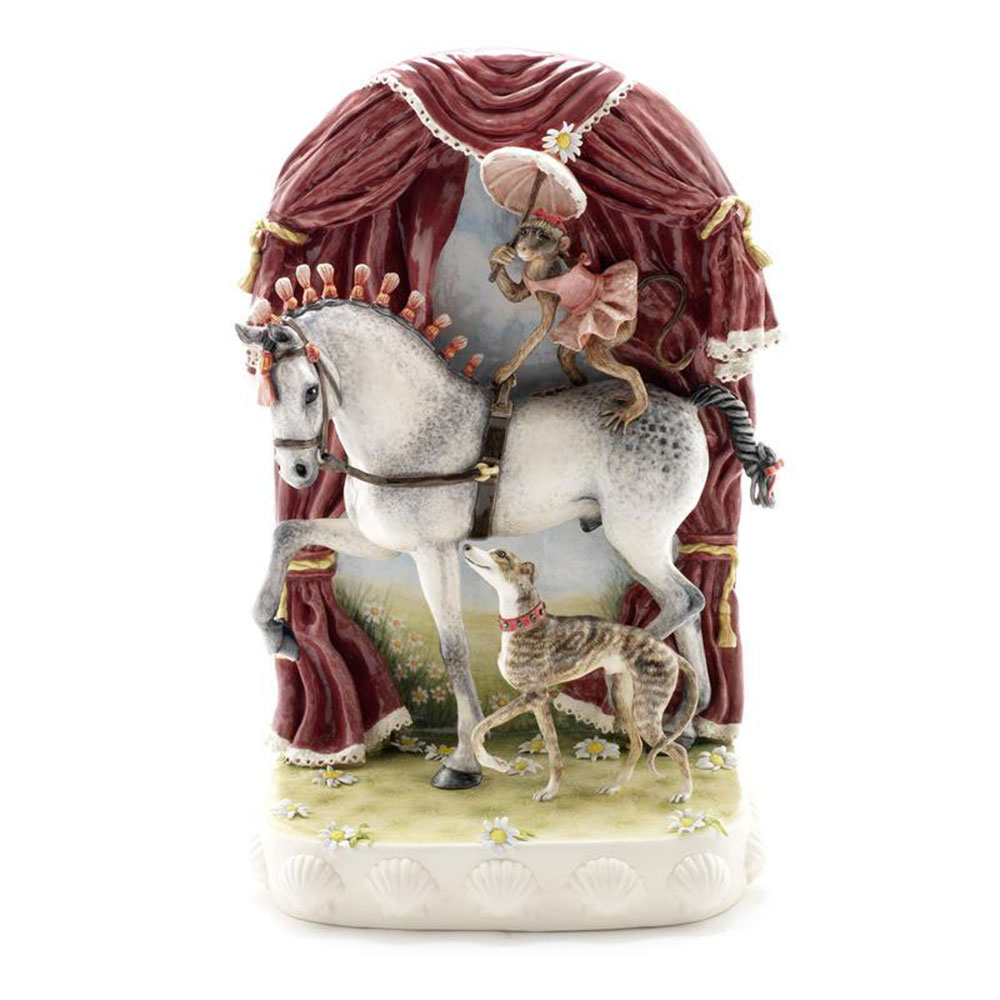
Circus Cavalcade by Michele Coxon
